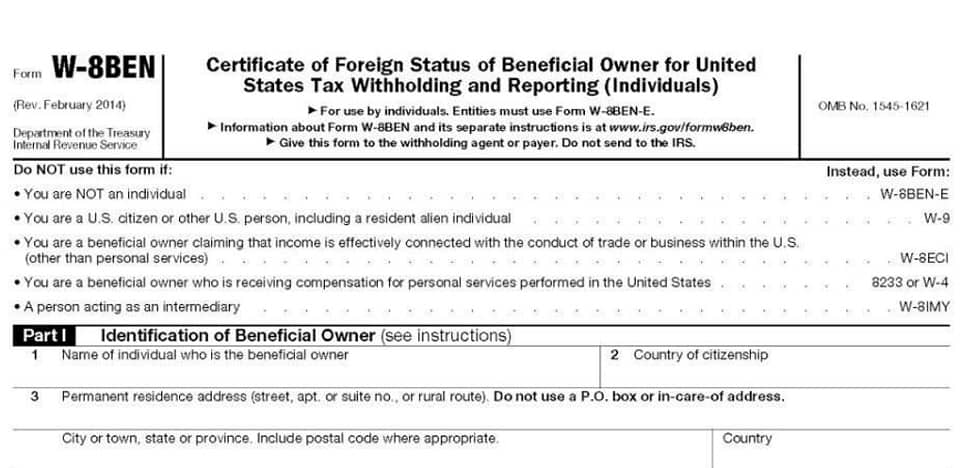If the company is a service business, this line item can also be called Cost of Sales. The rules of the Internal Revenue Service dictate that many who receive Social Security benefits will have to pay an income tax on that money. Accounting software automates processes such as tracking expenses, generating invoices, and entering journal entries, which helps streamline the analysis process. My Accounting Course is a world-class educational resource developed by experts to simplify accounting, finance, & investment analysis topics, so students and professionals can learn and propel their careers. P&L expenses can also be formatted by the nature and the function of the expense. We follow strict ethical journalism practices, which includes presenting unbiased information and citing reliable, attributed resources.
- Certain assets like patents are amortized, with amortization expense flowing to the income statement.
- Cost of goods sold, operating and non-operating expenses are separated out and used to calculate gross profit, operating income, and net income.
- Learning how to read and understand an income statement can enable you to make more informed decisions about a company, whether it’s your own, your employer, or a potential investment.
Using this guide of small business finance tips, business owners can get started on the path toward improved financial performance. Make sure to hire an accountant to help you accurately track and report your financials if you feel it can benefit your business. Finally, financial analysis tools provide sophisticated charting capabilities for visualizing key financial ratios such as operating margin or return on assets. Creditors, on the other hand, aren’t as concerned about profitability as investors are.
What are the limitations of an income statement?
A balance report details your end balance for each account that will be listed on the income statement. A balance report provides all of the end balances required to create your income statement. When presenting information in the income statement, the focus should be on providing information in a manner that maximizes information relevance to the reader. This may mean that the best presentation is one in which the format reveals expenses by their nature, as shown in the following example.
The other two important financial statements are the balance sheet and cash flow statement. While there are different types of income statements, they all include the key information listed above. Below is a sample income statement provided by SCORE, the nonprofit small business mentoring group.
Income Statement Structure
An income statement shows what a company earned and spent over a period of time. This important section of most accountant-prepared financial statements discloses assumptions made in preparing tax day trivia the income statement and other information key to interpreting and analyzing the numbers. Gross profit is used to calculate the gross profit margin, a commonly used profitability measure.
Cost of goods sold/cost of sales
The single-step format is useful for getting a snapshot of your company’s profitability, and not much else, which is why it’s not as common as the multi-step income statement. But if you’re looking for a super simple financial report to calculate your company’s financial performance, single-step is the way to go. A major part of an income statement is the gross income or gross profit section. Gross profit is the amount of money that a business makes after the cost of manufacturing and selling the company’s products or services is subtracted.
Expenses and Losses
In the first section under Revenues, you’ll see each of Ford’s major revenue streams, including car sales under Automotive, Ford Credit, and Mobility. In the notes section of the 10-Q, the Mobility line refers to Ford’s autonomous vehicles and related business as well as its equity stake in Argo AI. However, relevance to the reader may dictate that a better approach is to present expenses by function, in which case the layout changes to something similar to the following example.
Would you prefer to work with a financial professional remotely or in-person?
Similarly, an investor might decide to sell an investment to buy into a company that’s meeting or exceeding its goals. A single-step income statement, on the other hand, is a little more straightforward. It adds up your total revenue then subtracts your total expenses to get your net income.
Operating revenue is realized through a business’ primary activity, such as selling its products. Non-operating revenue comes from ancillary sources such as interest income from capital held in a bank or income from rental of business property. A comparison of the line items indicates that Walmart did not spend anything on R&D and had higher SG&A and total operating expenses than Microsoft. Starting with cost of goods sold/cost of sales and working your way down, calculate each line item as a portion of revenue. This allows you to see how much various expenses affect your profitability and zero in on areas for potential improvement.
Using income statements, ratios, and other financial statements, businesses can benchmark their financial results to other companies in the industry to gauge their relative performance and make improvements. EBITDA converts EBIT (earnings before interest and taxes) to a cash basis by adding back the non-cash expenses depreciation and amortization. Functional area operating expenses, often listed as line items on an income statement, include general and administrative expenses, sales and marketing expenses, and research and development expenses. An important GAAP standard covers revenue recognition, which records a company’s revenues when performance obligations are reached.
EBT is often used as a profitability indicator because companies pay taxes at different rates depending on their location. Also known as sales, revenue is the amount of money a company has earned by selling its products and services in the period. The revenue amount includes only money made from core activites of the business—those related to its primary operations. A common-size income statement is a type of financial statement that displays all the items in an income statement as percentages of sales or total revenue. An income statement, which is a part of financial accounting and also known as a profit and loss statement, is a document that provides information about the profitability of a business.





